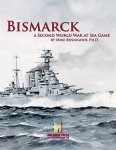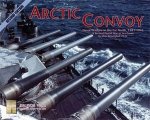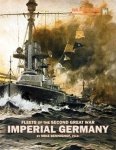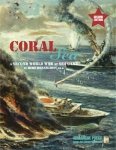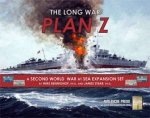-
Załączniki bezpieczeństwa
Załczniki do produktuZałączniki dotyczące bezpieczeństwa produktu zawierają informacje o opakowaniu produktu i mogą dostarczać kluczowych informacji dotyczących bezpieczeństwa konkretnego produktu
-
Informacje o producencie
Informacje o producencieInformacje dotyczące produktu obejmują adres i powiązane dane producenta produktu.Avalanche Press
-
Osoba odpowiedzialna w UE
Osoba odpowiedzialna w UEPodmiot gospodarczy z siedzibą w UE zapewniający zgodność produktu z wymaganymi przepisami.
In 1939, the French Marine Nationale operated the fourth-largest aircraft carrier fleet in the world – one decrepit old flattop, converted from a battleship hull. Finally, two new carriers would be authorized in 1937, with one laid down in 1938 and the other never begun.
French aircraft carriers are the theme of our Golden Journal No. 50: Les Portes-Avions. The Golden Journal comes with die-cut and silky-smooth pieces, just like the ones we put into the games. It’s free to the Gold Club when we first offer it, and then afterwards, members have to pay for it just like any other product, but it’s always exclusive to the Gold Club. We never sell it to anyone outside the Gold Club, and we never put it on sale.
Journal No. 50: Les Portes-Avions has 30 new Second World War at Sea pieces: ten new French aircraft carriers, and 20 airplanes that you can fly off of them. Since we’ve never included a French aircraft carrier in a Second World War at Sea game, we had to include a full set of aircraft, or their decks would go to sea empty.
We study the full spread of French aircraft carrier designs between the world wars, starting with poor old Béarn herself. The lumbering old beast had long exceeded her service life by the time the Second World War came along, and she spent her time before the Fall of France as a training ship and aircraft transport, then spent a long stretch tied up at Martinique before resuming duty as an aircraft transport. But in Les Portes-Avions, you get to use her as intended, as an actual combat ship with a load of deadly airplanes that can do things instead of just move from port to port.
The next French proposal for an aircraft carrier involved the two heavy cruisers Duquesne and Tourville. Disappointing ships as cruisers, with no meaningful armor protection, they would have been equally disappointing as light carriers. They would have carried a tiny air group, though they would have been reasonably fast. A better fighting ship than in their heavy cruiser configuration? It’s possible – they were not a very good design.
The proposals for new carriers built as such from the keel up are much more interesting. The PA5b would have been a large ship for carriers of the time; at 24,000 tons she would have been an awkward fit under France’s treaty limit of 60,000 tons for aircraft carriers (the French likely would have declared Béarn an “experimental ship” and therefore not subject to the Washington Naval Agreement).
Carrier PA5b (named Bayard in our set) would have carried a single turret for four heavy-caliber guns, mounted on her fantail, bearing either 280mm or 340mm guns (we gave her the smaller weapons, which seem more likely given the size of the ship). She would have carried 48 aircraft in addition to the big guns. It seems likely that, had she been built in the early 1930’s (the design is dated 1930), the turret would have been removed at some point and the flight deck and hangar extended to the stern of the ship. But that’s not as interesting a ship, so we’ve left her as originally designed.




